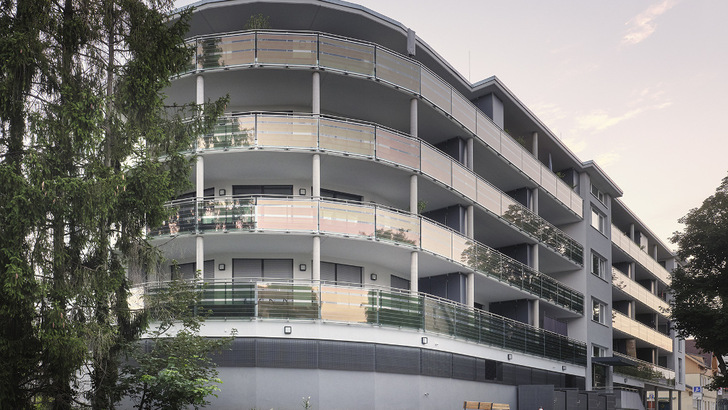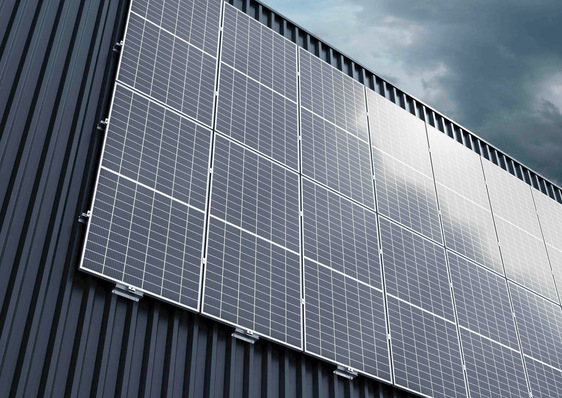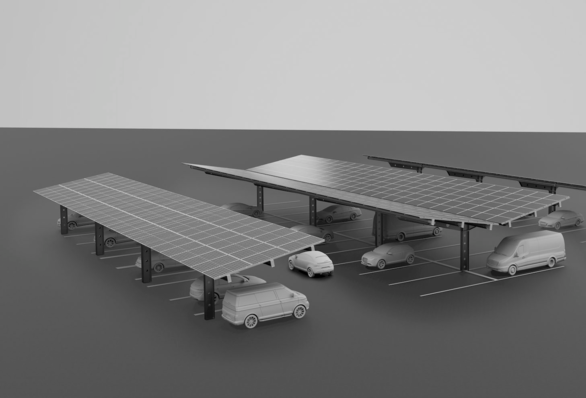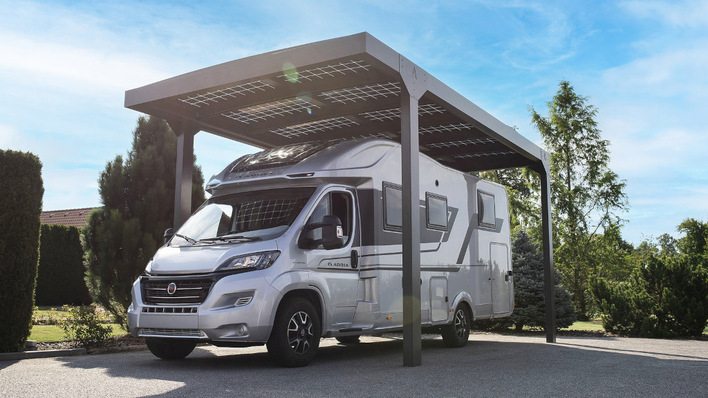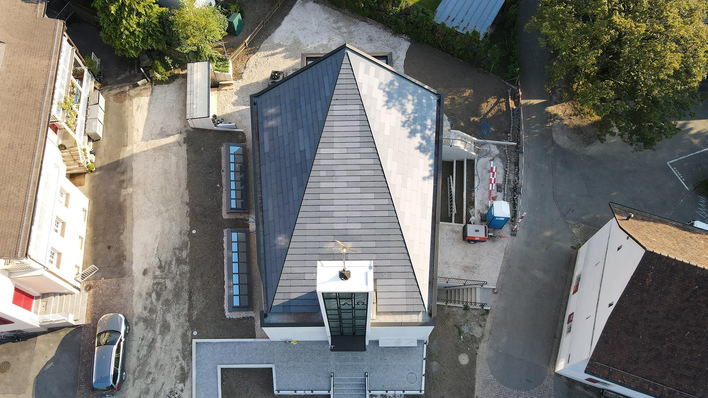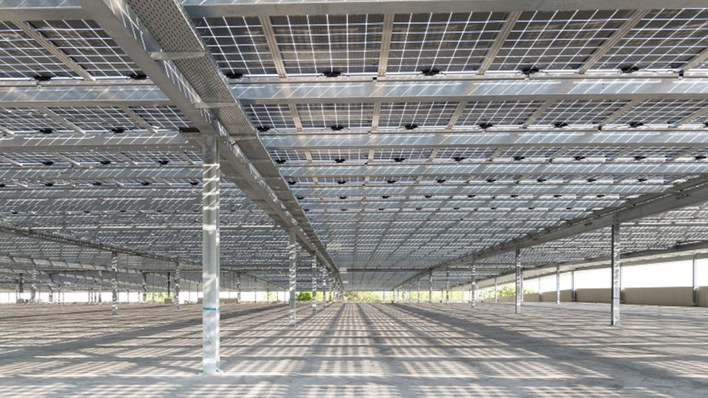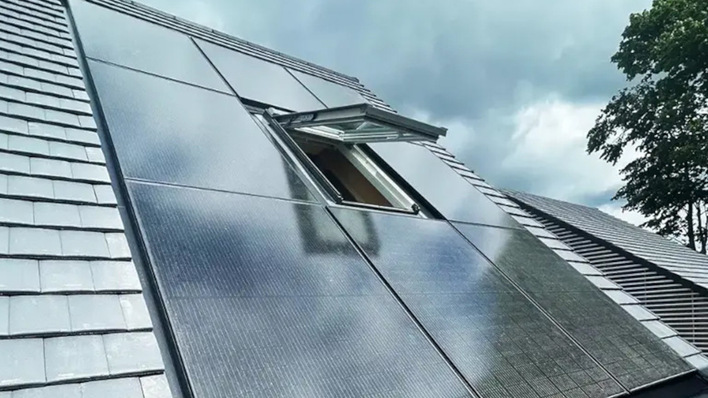As the architecture portal Solar Age reports, the architect of an apartment building in Stuttgart Möhringen has equipped the new building with a new technology. This is because a glass balustrade runs across the entire façade on all four floors. This was executed with laminated safety glass. In turn, organic solar cells were laminated between the two panes of glass.
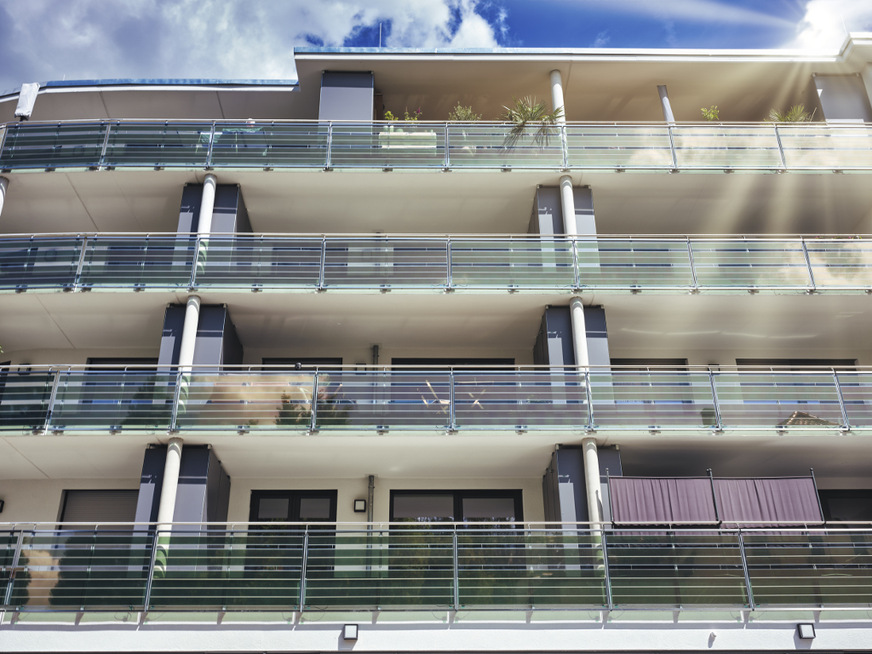
Armor ASCA
Solar cell becomes part of the design
Organic solar cells differ from the more widely known crystalline technology in that inorganic silicon is not used as the semiconductor. Rather, the semiconductor material consists of long-chain hydrocarbons. These are applied as a wafer-thin film to an almost arbitrary carrier material and can thus be further processed as a semi-finished product. The advantage is that the organic solar cells are flexible and can easily be produced in any size and shape. As a result, they can also be quickly and easily integrated into any glass format and facade. "We can produce any shape of solar cell and thus become part of the architecture and design," explains Hermann Issa, responsible for business development and project management at ARMOR Solar Power Films (ASCA).
Organic solar safety glass in the portfolio
The company from Kitzingen in Franconia produced the organic solar foils for the project in Stuttgart. BGT Bischoff Glastechnik from Bretten near Karlsruhe integrated these into the glass modules that now form the balustrade of the building in Stuttgart. This is BGT's first project with the new organic glass modules, which the company now basically has in its portfolio and offers to its worldwide customers.
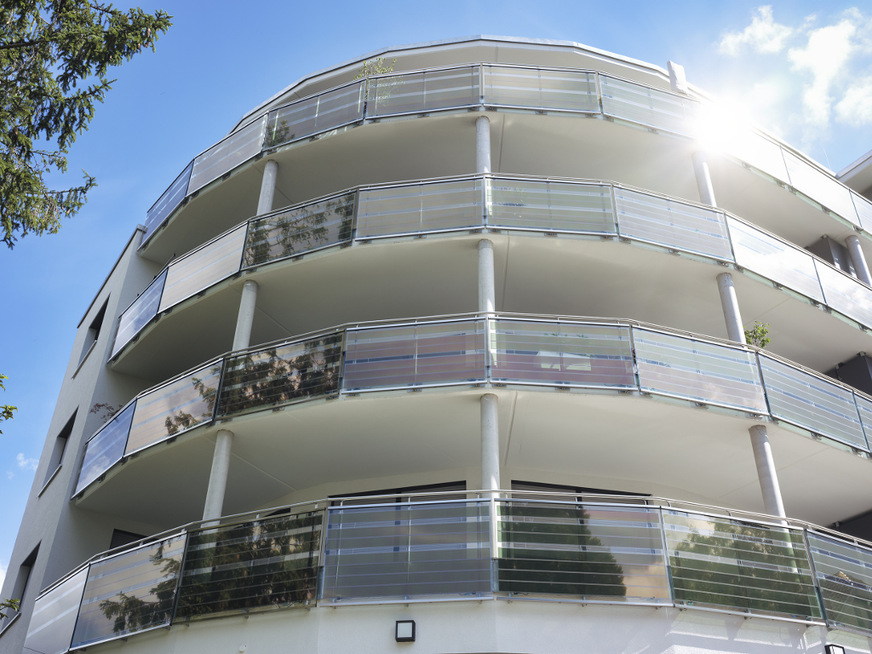
Armor ASCA
Armor takes over system integration
The planning system integration of the organic solar modules is again being handled by Armor ASCA. This means that the company plans and installs everything from cable routing and connection technology to the inverter. In the ideal case, the electricity produced with the solar modules is consumed directly on site. Only if this is not possible can it be fed into the grid.
Visible from the outside, transparent from the inside
The organic solar modules provide the glass balustrade with visual protection from the outside, while it remains transparent from the inside. "With the glass balustrades, Armaor ASCA closes a gap in façade construction," emphasises Martin Sulzer, Head of Technical Sales at BGT. "For the first time, safety glass of high-rise buildings can also generate energy. Because the modules also have an attractive appearance and, thanks to their technical properties, there is no complete loss of power even in the case of partial shading, they are ideally suited for facades," Sulzer describes a key advantage of the technology. (su/mfo)
See also:
BIPV beginning to become competitive


